Description
Corn Salad – Vit Lambs Lettuce Organic
Corn Salad – Vit Lambs Lettuce Organic A reliable and productive gourmet French large-leaved variety of corn salad with rosettes of shiny, deep green leaves. Plants only reach 4 to 6 inches high and about 2 inches wide and are resistant to mildew. Will bolt very fast in mid-summer heat, therefore it is best sown as a spring & autumn crop only.
Cultivation advice
- Opt for well-draining, fertile soil with a slightly acidic to neutral pH (around 6.0 to 7.0). Choose a site that receives partial shade to full sun, particularly in cooler climates.
- Sow seeds in late summer for fall and winter harvests or in early spring for a late spring to early summer harvest. Corn salad thrives in cooler temperatures.
- Sow seeds directly into the prepared soil about ¼ to ½ inch deep and thin seedlings to about 6 inches (15 cm) apart to allow for proper growth.
- Keep the soil consistently moist but not waterlogged. Watering during dry periods is crucial for healthy growth, especially in the germination and establishment stages.
- Apply organic mulch around plants to retain moisture, regulate soil temperature, and suppress weed growth. Regularly remove weeds to prevent competition for nutrients.
- Incorporate organic compost or well-decomposed manure into the soil before planting to provide necessary nutrients. Avoid synthetic fertilizers or chemicals.
- Monitor for pests like aphids or slugs. Utilize organic methods such as companion planting or natural predators to manage pests. Proper spacing and good air circulation can help prevent diseases.
- Begin harvesting corn salad leaves when they are young and tender, usually 6-8 weeks after sowing. Harvest by cutting the outer leaves, allowing the inner leaves to continue growing.
- Consider staggered plantings every few weeks for a continuous harvest throughout the growing season.
- In colder climates, provide protection like row covers or cold frames to extend the harvest into the winter months.
- If desired, allow some plants to go to seed. Collect seeds for future planting, ensuring they’re fully dried and stored in a cool, dry place.
- Regularly observe plant health, growth, and environmental conditions. Adapt care based on plant responses to optimize growth and yield.
- While corn salad prefers cooler temperatures, it still requires adequate sunlight for healthy growth. In warmer climates, partial shade during the hottest parts of the day can prevent bolting.
- Corn salad is relatively cold-hardy but can bolt (produce flowers and seeds prematurely) in response to warmer temperatures. Sow seeds strategically to avoid high heat if possible.
- Regularly add organic matter such as compost or aged manure to improve soil structure, moisture retention, and nutrient levels. This promotes vigorous growth.
- Companion planting with aromatic herbs like thyme or marigolds can deter pests that might affect corn salad. Additionally, introducing beneficial insects like ladybugs can help control aphids.
- Maintain consistent moisture levels in the soil, especially during germination and early growth stages. Mulching helps retain soil moisture and reduces water evaporation.
- Periodically check soil pH levels to ensure they remain within the preferred range for corn salad. Adjust pH using organic methods like adding compost or organic amendments if necessary.
- Corn salad can be cut back to about an inch (2.5 cm) above the soil level to encourage regrowth after harvesting. This practice can extend the harvesting period.
- Use row covers or cloches to protect corn salad from frost and extreme cold temperatures. This enables harvesting during the winter months in milder climates.
- Employing natural pest control methods like neem oil or insecticidal soaps can effectively manage common pests while maintaining organic practices.
- Harvest corn salad leaves gently to avoid damaging the plants. Regular and gentle harvesting encourages continuous leaf production.
- Encourage biodiversity in your garden by incorporating various plants and flowers. This supports a healthy ecosystem, beneficial for overall garden health.
- Regularly aerate the soil around corn salad plants to promote root growth and improve nutrient absorption.
- Experiment with different planting times and locations within your garden to determine the optimal conditions for your corn salad to thrive.



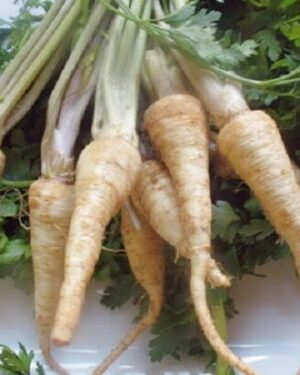

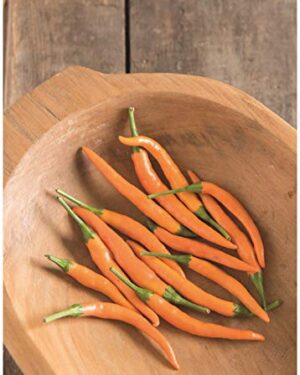


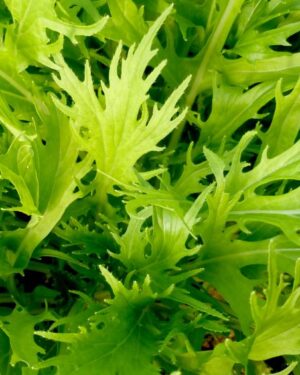
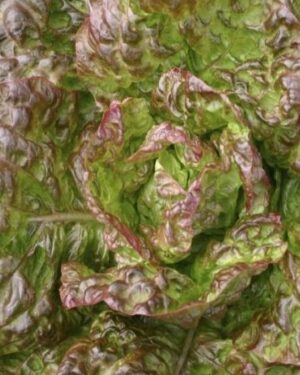
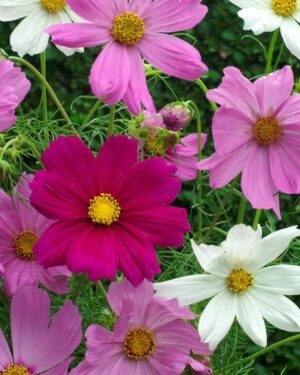

Reviews
There are no reviews yet.